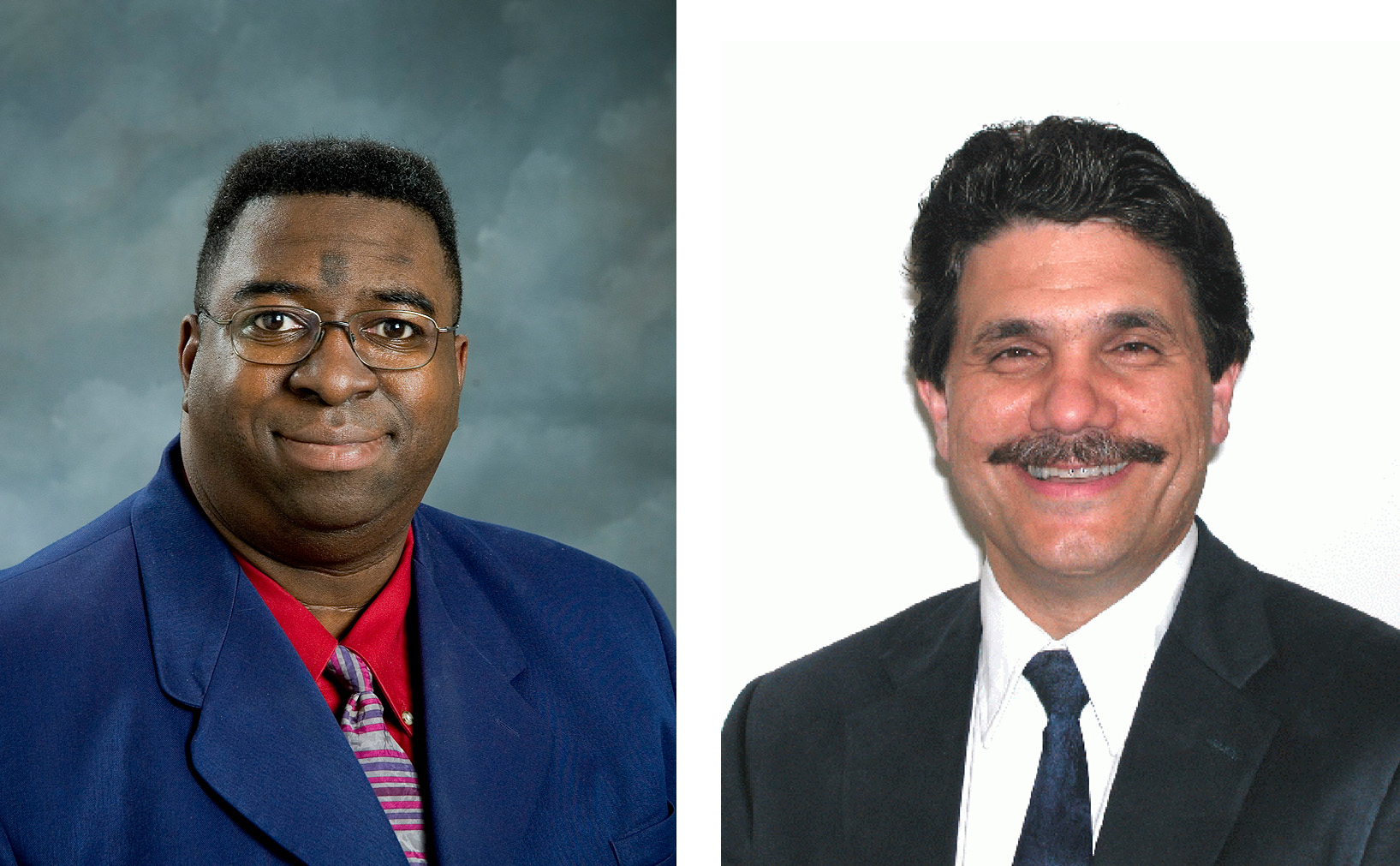Contact: Phil Hearn

STARKVILLE, Miss.--U.S. combat troops in the treacherous killing fields of Afghanistan and Iraq could use a good Guardian Angel--particularly like the one under development at Mississippi State's Raspet Flight Research Laboratory.
Aerospace engineers at the university are designing a "back-packable" unmanned aerial vehicle--the Guardian Angel--to be smaller and more efficient than the Army's Raven UAV, which already is helping American ground forces see enemy positions and activities not readily visible to the naked eye.
"A soldier will be able to look over a hill without getting his head shot off," said department head Tony Vizzini, principal investigator for the project.
Operating since June 1 under a one-year contract from the Corinth-based Mississippi Science and Engineering Technology company, MSU is utilizing the Raspet lab's more than half-century of expertise in aeronautical structural composites and rapid prototyping to design the Guardian Angel's air frame and develop a scientific proof of concept.
"This is one of our core competencies in the move toward unmanned vehicles as the next generation of flight research," said Vizzini, who holds a doctorate in aeronautics and astronautics from the Massachusetts Institute of Technology.
The scientist said he expects Raspet's one-year contract and initial $90,000 grant from the Army Research Laboratory at Aberdeen Proving Ground, Md., to be expanded into a four-year, $1.2 million effort that will pave the way for manufacture of the UAV. Other contractors will develop the systems' electronic components.
"Our role basically is to develop the air frame, refine the aerodynamic design and help identify the people who will manufacture it," said Vizzini, a recognized authority on response and failure of composite structures. "It allows us to put a lot of our talents into practice, and help our students gain practical experience in composites and flight design."
Raspet director David Lawrence said, "It's always a plus to have students working on projects that are aimed at solving real-world problems."
Added Kirk Schulz, dean of the Bagley College of Engineering: "The Raspet Flight Research Lab, coupled with the expertise of our engineering faculty, is a major resource for the aerospace industry and the nation in terms of national defense."
Calvin Walker, a Raspet research associate and co-principal investigator for the UAV project, said the Guardian Angel will be 12-18 inches in length, feature a wingspan of roughly three-four feet, fly at an altitude of 500-1,000 feet and have a flight duration between two and three hours.
In comparison, the Raven has a five-foot wingspan and length of 38 inches, with a flight duration of about 45-60 minutes. The aircraft also is expected to be lighter than the Raven, which weighs about five pounds.
"It will be about the size of a standard radio-controlled airplane," said Walker, a native of the Steens community near Columbus and 1988 MSU aerospace engineering graduate. "It can lull around an area without being impacted by the environment."
Both UAVs are battery-operated, hand-launched units--equipped with remote-controlled guidance components and high-resolution video cameras. Soldiers can carry the units in military-issued ruck sacks for quick assembly and deployment in the field. Spare batteries are plugged into a Humvee for quick re-charging to keep the UAVs humming.
Also, whereas a Raven system costs about $250,000, the Guardian Angel system will cost an estimated $100,000 per system.
"This is a back-packable UAV, an airplane with all of the pertinent controllers," explained Walker, who is working on a master's degree in his chosen discipline.
"A one- or two-man unit out in the field can put this airplane together and hand-launch it, and it will go and spy-out the land," he said. "Video cameras aboard the vehicle will send back pictures the soldier can see on his PDA (personal digital assistant). It will show if there's a bad guy over here, or a bad guy over there.
"Initially, they will be utilized for surveillance," Walker added. "In future years, however, they could be weaponized to take out a target."
Raspet is a unit of MSU's aerospace engineering department, which is a part of the Bagley college. The flight research lab includes 11 full-time staff and seven engineering majors. The lab has built a solid reputation for its work in lightweight composite technology and sailplane aerodynamics since its founding in 1948.
In 2002, the ready availability of the lab's cutting-edge resources helped lure American Eurocopter Corp. to the Golden Triangle Regional Airport near Columbus. The company manufactures helicopters.
More recently, Aurora Flight Sciences of Manassas, Va., established a temporary facility at Raspet and has begun manufacturing the Hunter II unmanned aerial vehicle. The company plans to expand its operation into a 65,000-square-foot plant to be constructed at the Golden Triangle airport.
"Mississippi State is successfully combining the technological and human dimensions required for economic leadership," said Colin Scanes, MSU's vice president for research. "In research programs ranging from A to Z, cutting-edge technologies are being applied in diverse areas, including unmanned aerial vehicles."
NEWS EDITORS/DIRECTORS: For more information, contact Mr. Walker at (662) 325-9614 or crwalker@raspet.msstate.edu; or Dr. Vizzini at 325-1148 or vizzini@ae.msstate.edu.